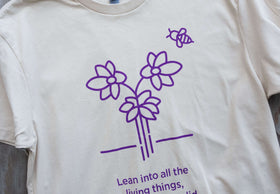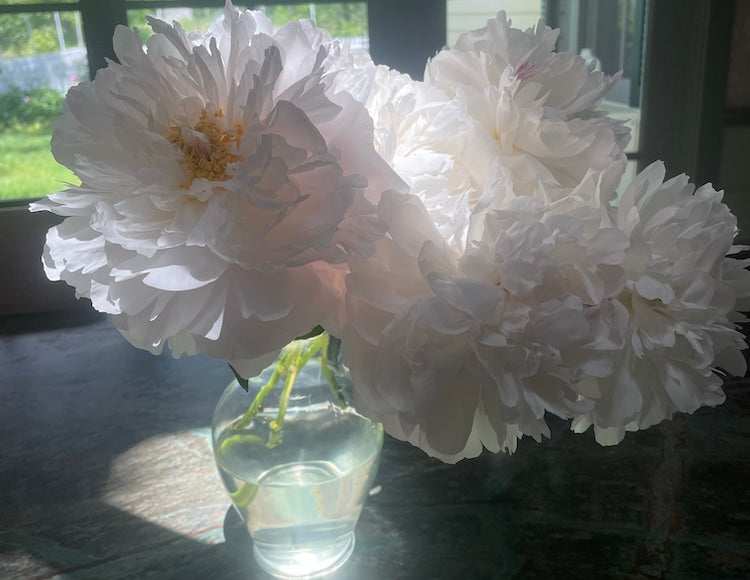Maintaining cut flower freshness requires an understanding of their water needs. While some flowers thrive in abundant water, others prefer a more measured approach. Here, we delve into the nuances of caring for cut flowers, ensuring they remain vibrant and beautiful for as long as possible.
Thirsty Beauties: Cut Flowers That Need Plenty of Water
Certain cut flowers are notorious for their high water consumption, demanding frequent replenishment to maintain their splendor.
Roses are heavy drinkers. To keep your roses looking lush and vibrant, ensure the vase is always filled with fresh water. Regularly changing the water helps prevent bacterial growth, which can hinder water uptake and shorten their lifespan.
Lilies command attention with their large, dramatic blooms and intoxicating fragrance. These flowers are similarly demanding in their water needs. A well-hydrated lily not only lasts longer but also maintains its stunning appearance and scent.
Hydrangeas are another flower that thrives on ample water. These blooms are unique in that they can absorb water through their petals as well as their stems. To keep hydrangeas fresh, consider immersing the heads in water occasionally to rehydrate them fully.
Dahlias require a generous amount of water to stay hydrated and vibrant. Keep the vase filled and be diligent about changing the water regularly to ensure these beauties remain at their best.
Peonies are beloved for their full, ruffled blooms and delicate scent. These flowers need a lot of water to support their large petals and maintain their lush appearance. Frequent water changes and a deep vase will help your peonies last longer.
Sunflowers bring a touch of sunshine indoors with their cheerful, robust blooms. They are particularly thirsty in the first few days after being cut, so ensure they have plenty of water to drink.
Minimalist Approach: Cut Flowers That Prefer Less Water
While some flowers demand a lot of attention, others thrive with a more minimalist approach. These blooms require less water but still need thoughtful care to stay fresh.
Tulips are quintessential spring flowers, known for their graceful, elongated stems. Interestingly, tulips continue to grow even after being cut, which can cause them to droop if not properly supported. They prefer shallow water—just 1-2 inches is sufficient. Changing the water daily helps keep tulips crisp and vibrant.
Gerbera Daisies are bright and cheerful, bringing a pop of color to any arrangement. These flowers are prone to stem rot if kept in too much water. A lower water level, combined with regular changes, will keep them fresh and upright.
Iris flowers require less water than most. A moderate amount in the vase, refreshed every couple of days, is enough to keep them looking their best.
Carnations are known for their longevity and resilience. These flowers do well in a moderate amount of water and don’t need frequent changes, making them a low-maintenance yet beautiful addition to any bouquet.
Orchids exude an air of exotic elegance. These flowers need minimal water and should be kept in shallow water that is changed regularly to prevent bacterial buildup.
General Tips for All Cut Flowers
Regardless of the type of flowers, certain practices will help ensure your cut flowers stay fresh and beautiful:
- Water Quality: Always use clean, fresh water to fill your vases. This helps prevent bacterial growth that can block the stems and hinder water uptake.
- Stem Maintenance: Recutting the stems every few days ensures that they remain open and capable of absorbing water efficiently. Cut the stems at an angle to maximize the surface area for water uptake.
- Leaf Removal: Remove any leaves that would be submerged in water. This prevents rot and bacterial growth, which can spoil the water and shorten the lifespan of your flowers.
By understanding the specific water needs of different cut flowers, you can create stunning displays that not only enhance your space but also last longer, bringing enduring beauty and joy into your home. Whether you’re tending to thirsty dahlias or minimalist tulips, a thoughtful approach to water management will ensure your cut flowers remain a vibrant testament to nature’s elegance.




